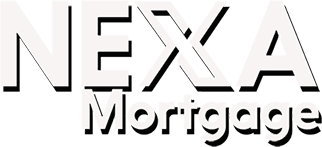Adjustable Rate Mortgages (ARM)
Adjustable Rate Mortgages (ARM)s are loans whose interest rate can vary during the loan’s term. These loans usually have a fixed interest rate for an initial period of time and then can adjust based on current market conditions. The initial rate on an ARM is lower than on a fixed rate mortgage which allows you to afford and hence purchase a more expensive home. Adjustable rate mortgages are usually amortized over a period of 30 years with the initial rate being fixed for anywhere from 1 month to 10 years. All ARM loans have a “margin” plus an “index.” Margins on loans range from 1.75% to 3.5% depending on the index and the amount financed in relation to the property value. The index is the financial instrument that the ARM loan is tied to such as: 1-Year Treasury Security, LIBOR (London Interbank Offered Rate), Prime, 6-Month Certificate of Deposit (CD) and the 11th District Cost of Funds (COFI).
When the time comes for the ARM to adjust, the margin will be added to the index and typically rounded to the nearest 1/8 of one percent to arrive at the new interest rate. That rate will then be fixed for the next adjustment period. This adjustment can occur every year, but there are factors limiting how much the rates can adjust. These factors are called “caps”. Suppose you had a “3/1 ARM” with an initial cap of 2%, a lifetime cap of 6%, and initial interest rate of 6.25%. The highest rate you could have in the fourth year would be 8.25%, and the highest rate you could have during the life of the loan would be 12.25%.
Some ARM loans have a conversion feature that would allow you to convert the loan from an adjustable rate to a fixed rate. There is a minimal charge to convert; however, the conversion rate is usually slightly higher than the market rate that the lender could provide you at that time by refinancing.






